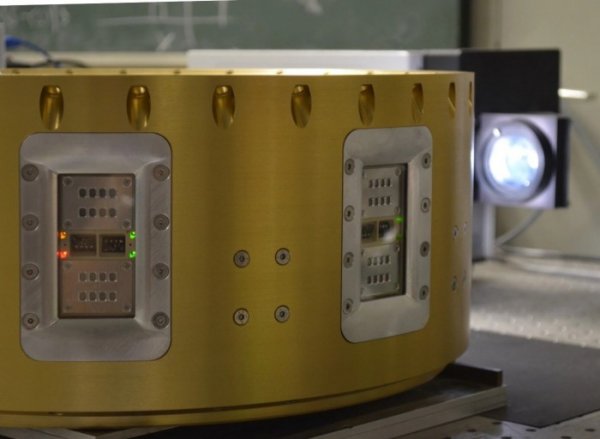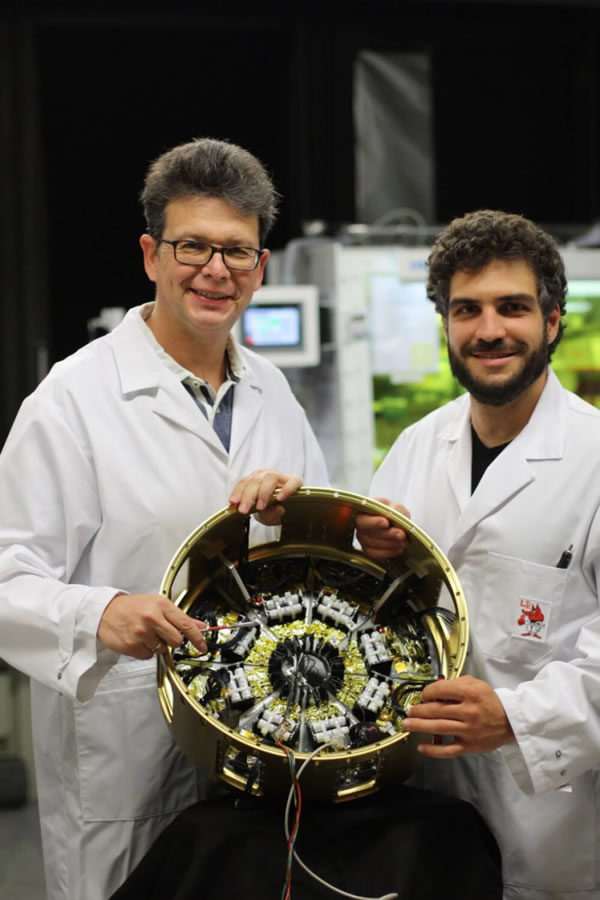According to foreign media reports, perovskites and organic solar cells have proven to be promising alternatives to widely used silicon-based devices, and they have now been tested in space for the first time. These solar cells not only perform well, but are also thinner and lighter than currently used batteries, and can even absorb diffuse reflected light from the earth.

For decades, silicon has been the first choice for solar cell materials, and up to now, it has provided us with good services. But it may soon be replaced by perovskite, which has developed rapidly in the past ten years or so, and its efficiency is close to silicon.
Organic solar cells are another increasingly attractive option. In terms of efficiency, they may not be able to compete with silicon, but they are thinner, more flexible, and mass production costs are much lower.

Now perovskite and organic solar cells have been tested in space for the first time. Researchers from the Technical University of Munich (TUM) installed two versions of each type of solar cell on a sounding rocket launched from northern Sweden in a new study. The rocket performed a short suborbital round-trip flight. The highest altitude is 240 kilometers.
The solar cell not only withstood the extreme conditions of launch and flight, but also successfully collected sunlight in 7 minutes of space. Their efficiency may not be as obvious as silicon, but their volume is much smaller. After all, in space flight, size and weight need to be kept to a minimum.
Peter Muller-Buschbaum, the senior author of this research paper, pointed out: "In this industry, what is important is not efficiency, but the electric energy generated per weight, which is the so-called specific power. During the rocket flight, this new type of solar cell The power reaches 7 to 14 milliwatts per square centimeter."
What's more interesting is that these solar cells can absorb energy even when away from the sun. They seem to be able to collect the faint light reflected from the surface of the earth-which is usually not possible with traditional solar cells.

Of course, the 7-minute space test time is not long, so in the future researchers hope to test perovskite and organic solar cells on satellites.
Related research reports have been published on "Joule".
API Hinged Non Welded Constructed Centralizer for Casing
1. Type: Hinged Non-Welded Bow Spring
2. Materials: Spring Steel
3. Application
Tubing or casing applications
Vertical and deviated wells
Wells where rotation capabilities are not required
Cased and open holes
4. Features, Advantages, and Benefits
1) High-performance bows provide maximum standoff in multiple locations of the annulus, which provides optimal conditions for primary cementing to achieve zonal isolation.
2) All common centralizer sizes have been tested and validated to meet API Specification 10D for providing reliability and durability during operations.
3) The nonwelded design can withstand most wellbore environments, which provides operational flexibility.
4) Locking tabs secure the high-quality, spring-steel bows to the hinged collars, which bear the load force of the centralizer for reliable downhole performance.
5) Bow configurations are available in various heights and sizes suitable for most applications.
6) Bows and hinged collars are stocked at most Weatherford service locations, so the centralizers can be assembled to specifications quickly.
Hinged NON-Welded Bow Spring Centralizers
Spiral Roller Centralizer,Aluminum Rigid Centralizer,Centralizer for Oilfield,Positive Centralizer
Puyang Junhong Rubber Co., Ltd. , https://www.pyjhxs.com